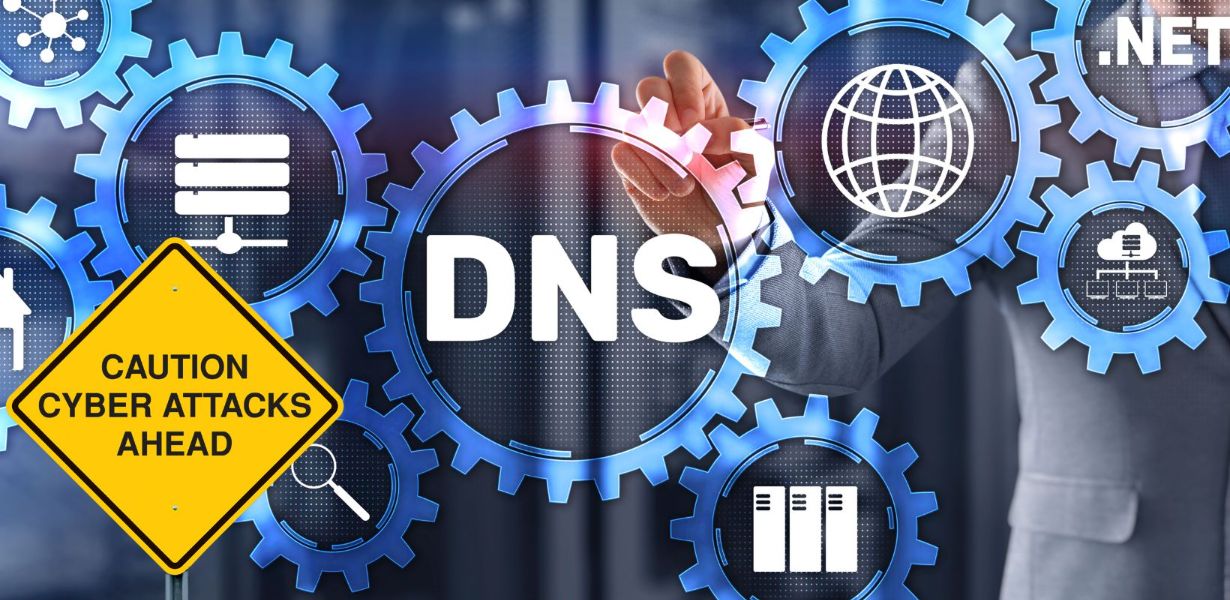
DNS Firewall: Strengthening Network Security with Advanced Configuration Techniques
- Post
- August 7, 2023
- DNS Configuration, Domain & DNS Management, Internet & Web Services
- 0 Comments
In today’s rapidly evolving digital landscape, ensuring robust network security has become more critical than ever. Cyber threats continue to grow in sophistication, making it imperative for organizations and individuals alike to fortify their defenses. One powerful tool that plays a pivotal role in network security is the DNS Firewall. In this comprehensive guide, we will delve into the world of DNS configuration and explore advanced techniques to enhance network security significantly.
Understanding DNS Configuration
DNS configuration, short for Domain Name System configuration, is a crucial aspect of network management. It involves mapping domain names to their respective IP addresses, enabling users to access websites and other resources on the internet seamlessly. Proper DNS configuration ensures efficient and reliable communication between devices, but it also exposes networks to potential security risks. Cyber attackers often exploit vulnerabilities in DNS settings to launch various malicious activities, ranging from phishing attacks to Distributed Denial of Service (DDoS) attacks.
The Role of DNS Firewall in Network Security
Enter the DNS Firewall – a specialized security measure designed to monitor and control DNS traffic. Unlike traditional firewalls that primarily focus on IP addresses and ports, DNS Firewalls operate at the domain level. They scrutinize DNS requests and responses, identifying and blocking potentially harmful domain names or IP addresses associated with malicious activities. By filtering DNS traffic in real-time, DNS Firewalls effectively prevent data breaches, malware infections, and other cyber threats.
Configuring DNS Firewall: Best Practices
Implementing DNS Sinkholing:
DNS Sinkholing is a valuable technique used by DNS Firewalls to redirect malicious traffic away from its intended destination. When the DNS Firewall detects a suspicious domain, it redirects the requests to a controlled server (the “sinkhole”), preventing the malware from reaching its command-and-control infrastructure. This method disrupts the attacker’s operations and protects the network from harm.
Blacklisting Known Malicious Domains:
Maintaining an up-to-date blacklist of known malicious domains is essential for a robust DNS Firewall configuration. Leveraging threat intelligence feeds and reputable security sources, organizations can proactively block access to websites associated with cybercrime and malware distribution.
Whitelisting Trusted Domains:
In addition to blacklisting malicious domains, organizations should whitelist trusted domains that are necessary for their operations. This approach ensures that critical services and legitimate websites are accessible while still blocking all other unauthorized sources.
Enabling DNSSEC (Domain Name System Security Extensions):
DNSSEC adds an extra layer of security to the DNS by digitally signing DNS data. By validating the authenticity of DNS responses, DNSSEC prevents DNS cache poisoning attacks and ensures users reach legitimate websites without redirection to malicious ones.
DNS Anomaly Detection:
DNS Firewalls equipped with anomaly detection capabilities can identify irregular patterns in DNS traffic, indicating potential threats. Automated responses, such as temporary blockage or alert notifications, can be triggered based on the detected anomalies.
Advanced Techniques for DNS Firewall Configuration
Machine Learning and AI Integration:
By incorporating machine learning algorithms and artificial intelligence, DNS Firewalls can continually adapt to emerging threats and improve their detection capabilities. ML-driven DNS Firewalls can learn from historical data and rapidly identify new attack patterns, enhancing the overall security posture.
GeoIP Filtering:
To strengthen network security, DNS Firewalls can implement GeoIP filtering, which restricts access based on the geographical location of users. This technique is particularly useful for organizations that conduct business in specific regions and want to minimize exposure to potential cyber threats from other countries.
Real-time Reporting and Analytics:
Having access to real-time reporting and analytics is essential for effective DNS Firewall management. These features enable network administrators to monitor DNS traffic, identify security incidents, and assess the overall effectiveness of the security measures in place.
Integration with SIEM (Security Information and Event Management):
Integrating DNS Firewalls with SIEM solutions provides a centralized view of security events across the network. This integration allows for better threat analysis, correlation of security data, and faster incident response.
Commonly Asked Questions
1. What is the primary function of a DNS Firewall?
A DNS Firewall’s primary function is to monitor and filter DNS traffic to protect networks from cyber threats, such as malware infections and data breaches.
2. How does DNS Sinkholing work?
DNS Sinkholing redirects DNS requests for suspicious domains to a controlled server, preventing malicious traffic from reaching its intended destination.
3. Why is DNSSEC important for DNS Firewall configuration?
DNSSEC ensures the authenticity and integrity of DNS data, protecting against DNS cache poisoning attacks and domain spoofing.
4. How can machine learning enhance DNS Firewall capabilities?
Machine learning enables DNS Firewalls to learn from historical data and identify new attack patterns, adapting to emerging threats in real-time.
5. What is the significance of integrating DNS Firewalls with SIEM solutions?
Integration with SIEM provides a centralized view of security events, allowing for better threat analysis and faster incident response across the network.
Final Words
In conclusion, a robust DNS Firewall is an indispensable element of a comprehensive network security strategy. By following the advanced configuration techniques discussed in this guide, organizations can fortify their defenses against a wide range of cyber threats. From implementing DNS Sinkholing to leveraging machine learning and AI, the options for enhancing DNS Firewall security are vast. By staying proactive and up-to-date with the latest threat intelligence, businesses and individuals can build a safer online environment for all users.




